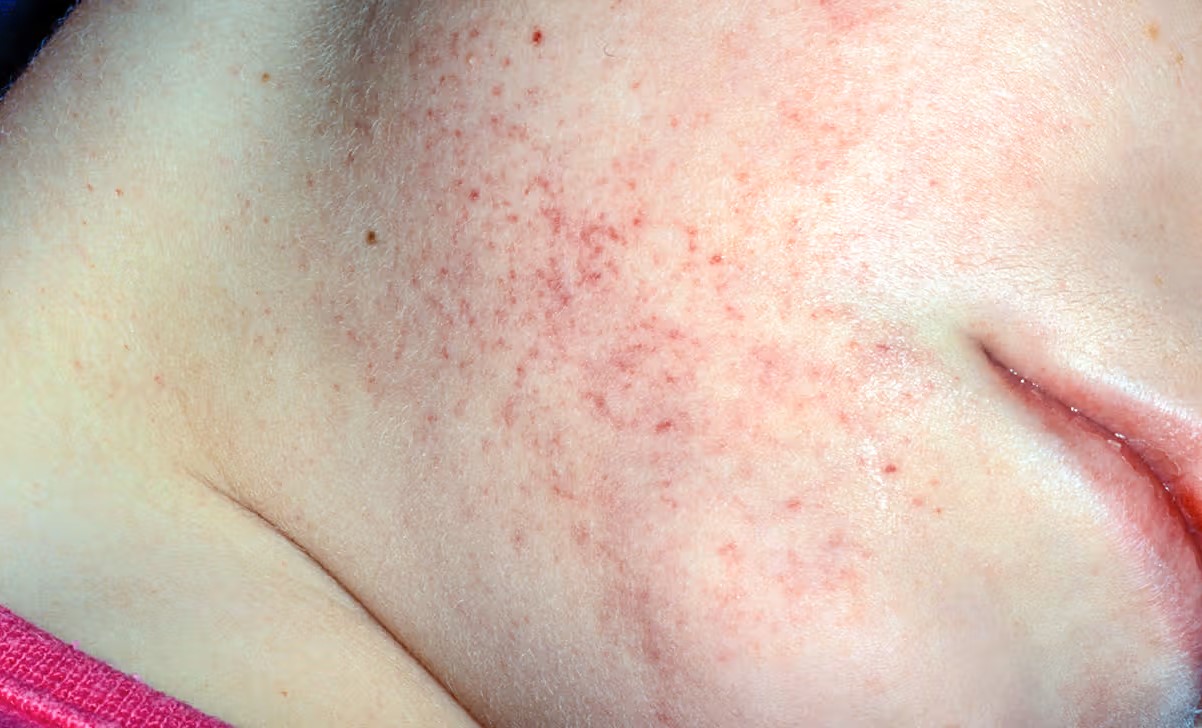
What is Brudzinski Cheek Sign? Brudzinski Cheek Sign is a clinical test used by doctors to help diagnose meningitis. When a doctor presses on a patient's cheek, the patient involuntarily bends their knees and hips. This reaction happens because of irritation in the meninges, the protective layers around the brain and spinal cord. Why is it important? Detecting meningitis early can be life-saving. Meningitis can cause severe complications like brain damage or even death if not treated promptly. How is it performed? A healthcare professional gently presses on the patient's cheek while observing the lower body for any involuntary movements. Who discovered it? The sign is named after Polish pediatrician Józef Brudziński, who described it in the early 20th century.
Key Takeaways:
- Brudzinski Cheek Sign is a test for meningitis named after Josef Brudzinski. It involves pressing on the cheek to check for reflexive movements, aiding in early detection and non-invasive diagnosis.
- Despite its age, Brudzinski Cheek Sign remains relevant in modern medicine, helping doctors worldwide diagnose meningitis. It is a quick, complementary tool that forms part of clinical guidelines for meningitis diagnosis.
What is Brudzinski Cheek Sign?
Brudzinski Cheek Sign is a clinical test used to diagnose meningitis. Named after Polish physician Josef Brudzinski, it involves specific physical responses that indicate irritation of the meninges, the protective membranes covering the brain and spinal cord.
-
Named After Josef Brudzinski: This sign is named after Josef Brudzinski, a Polish pediatrician who described it in the early 20th century.
-
Part of Meningitis Diagnosis: It is one of several signs used by doctors to help diagnose meningitis, a serious infection of the membranes surrounding the brain and spinal cord.
-
Involves Facial Reflexes: The test involves pressing on the patient's cheek, which may cause a reflexive movement of the arm or leg if meningitis is present.
-
Not the Only Brudzinski Sign: There are other Brudzinski signs, such as the neck sign, which also help diagnose meningitis.
How is the Test Performed?
Understanding how the Brudzinski Cheek Sign test is performed can help demystify its role in diagnosing meningitis.
-
Patient Lies Down: The patient typically lies flat on their back during the test.
-
Pressure on the Cheek: The doctor applies pressure to one of the patient's cheeks.
-
Observe Reflexes: The doctor observes for any involuntary movements in the arms or legs.
-
Positive Sign: If the patient’s arm or leg moves involuntarily, it is considered a positive Brudzinski Cheek Sign.
Why is Brudzinski Cheek Sign Important?
The importance of Brudzinski Cheek Sign lies in its ability to help diagnose a potentially life-threatening condition.
-
Early Detection: Early detection of meningitis can be crucial for effective treatment.
-
Non-Invasive: The test is non-invasive, making it a quick and easy tool for doctors.
-
Part of a Battery of Tests: It is often used alongside other tests to confirm a diagnosis of meningitis.
-
Helps Differentiate: It helps differentiate between meningitis and other conditions with similar symptoms.
Historical Context
The historical context of Brudzinski Cheek Sign provides insight into its development and significance.
-
Early 20th Century: Josef Brudzinski described the sign in the early 1900s.
-
Pediatric Focus: Brudzinski was a pediatrician, and his work primarily focused on diagnosing illnesses in children.
-
Medical Milestone: The identification of this sign was a significant milestone in medical diagnostics.
-
Continued Relevance: Despite being over a century old, the sign remains relevant in modern medicine.
Limitations and Considerations
While useful, the Brudzinski Cheek Sign has its limitations and considerations.
-
Not Definitive: A positive sign alone is not definitive for meningitis; other tests are needed.
-
Requires Skill: Proper interpretation of the sign requires medical expertise.
-
False Positives: Other conditions can sometimes cause a false positive result.
-
Patient Cooperation: The test requires some level of patient cooperation, which can be challenging in certain cases.
Modern Use and Relevance
The modern use and relevance of Brudzinski Cheek Sign highlight its enduring value in medical practice.
-
Still Taught: Medical students still learn about Brudzinski Cheek Sign as part of their training.
-
Used Worldwide: The test is used by doctors around the world.
-
Part of Clinical Guidelines: It is included in clinical guidelines for diagnosing meningitis.
-
Complementary Tool: The sign is often used in conjunction with other diagnostic tools, such as lumbar puncture.
-
Quick Assessment: It allows for a quick initial assessment, which can be crucial in emergency settings.
Final Thoughts on Brudzinski Cheek Sign
Understanding Brudzinski Cheek Sign helps in diagnosing meningitis. This reflex, when the cheek is pressed, causes the hips and knees to flex. It's a crucial tool for doctors. Knowing about it can aid in recognizing symptoms early. Early detection means quicker treatment, which can be life-saving.
This sign isn't the only indicator, but it's a significant one. Combining it with other tests ensures a more accurate diagnosis. If you or someone you know shows signs of meningitis, seek medical help immediately.
Stay informed, stay safe. Knowledge about such medical signs can make a difference. Remember, health is wealth. Keep learning and sharing important facts. It might just save a life.
Frequently Asked Questions
Was this page helpful?
Our commitment to delivering trustworthy and engaging content is at the heart of what we do. Each fact on our site is contributed by real users like you, bringing a wealth of diverse insights and information. To ensure the highest standards of accuracy and reliability, our dedicated editors meticulously review each submission. This process guarantees that the facts we share are not only fascinating but also credible. Trust in our commitment to quality and authenticity as you explore and learn with us.
